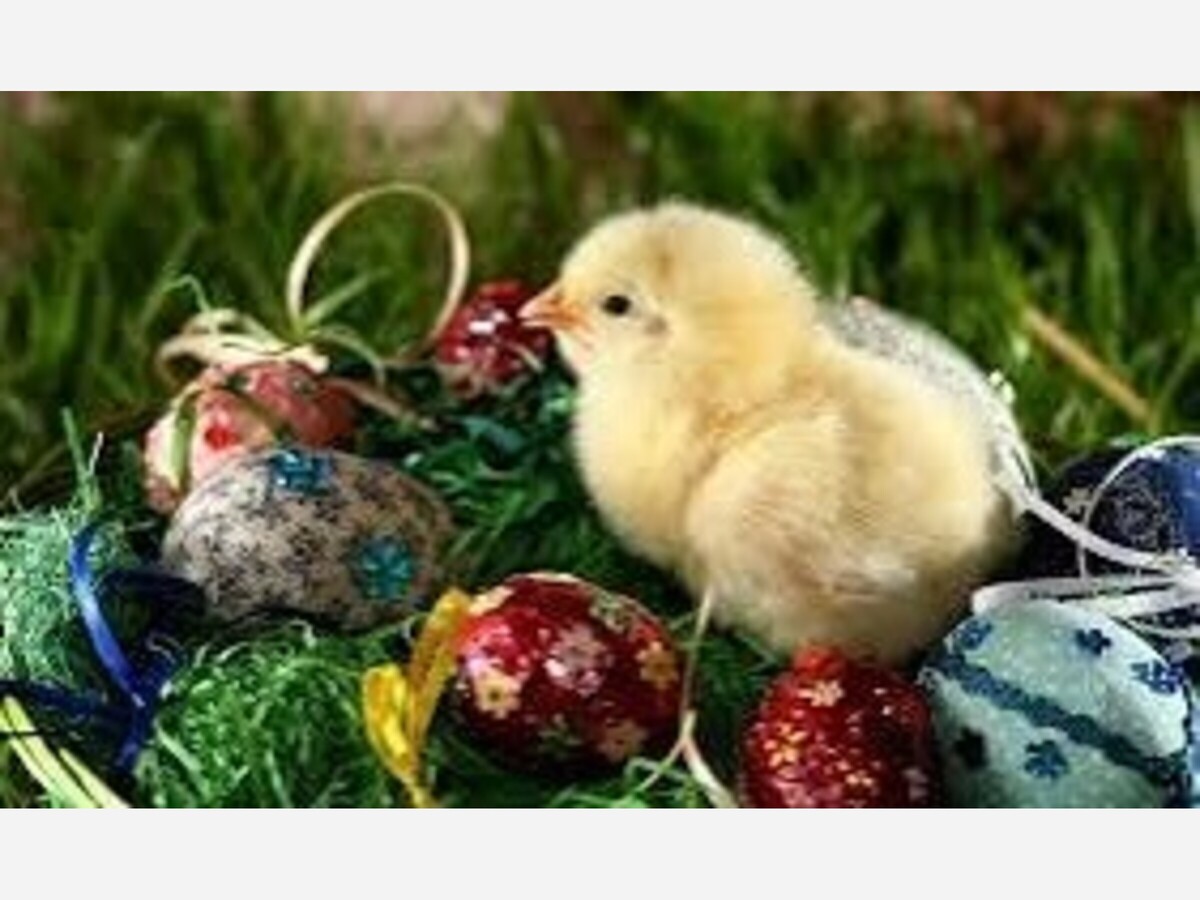Image

In a quaint village nestled amidst rolling hills, there lived a young girl named Elara. Elara had a heart as bright as the morning sun, and her curiosity knew no bounds. She spent her days exploring the meadows, chasing butterflies, and listening to the whispers of the ancient oak trees.
One crisp spring morning, Elara stumbled upon an old woman sitting by the riverbank. The woman’s eyes sparkled like polished stones, and her gnarled hands cradled a basket filled with colorful eggs. Elara approached, her curiosity piqued.
“Good day, dear child,” the old woman said, her voice as soft as the rustling leaves. “These eggs hold magic within them. Would you like to hear their story?”
Elara nodded eagerly, sitting cross-legged on the grass. The old woman began her tale:
The Origin of the Eggs

Long ago, when the world was still young, there existed a mystical bird named Althea. Althea’s feathers shimmered in iridescent hues—azure, crimson, and gold. She nested high atop the tallest mountain, where the air was thin, and the stars seemed within reach.
Althea laid her eggs during the vernal equinox, when day and night balanced on a delicate scale. Each egg held a promise—a secret waiting to unfold. The villagers believed that these eggs carried blessings from the heavens themselves.
The Gift of Transformation
One fateful spring, Althea’s nest was discovered by a lonely woodcutter named Elias. He marveled at the eggs, their colors more vibrant than any flower. Elias, burdened by his solitary life, yearned for change. He whispered a wish into each egg, hoping for transformation.
And so it happened: the eggs hatched into wondrous creatures. From one emerged a delicate butterfly, its wings painted with sunrise hues. Another birthed a tiny songbird, its melody echoing through the forest. The third egg revealed a sprightly rabbit, its fur as soft as moonlight.
Elias shared these magical beings with the villagers. The butterfly brought hope, the songbird brought joy, and the rabbit brought laughter. And thus, the tradition began—the gifting of Althea’s eggs during the spring festival.
The Resurrection and Renewal
As time passed, the villagers associated Althea’s eggs with rebirth. They painted them with intricate patterns, symbolizing the changing seasons, the cycle of life, and the promise of renewal. And so, the eggs became synonymous with Easter—a time to celebrate resurrection and hope.
Elara listened, her eyes wide with wonder. “But why do we hide the eggs?” she asked.
The old woman smiled. “Ah, my dear, hiding the eggs is a game—a reminder that sometimes blessings are hidden in unexpected places. When you find an egg, you discover a piece of magic.”
And so, every Easter, Elara and the other children scoured the meadows, giggling as they found hidden eggs beneath daffodils and behind moss-covered rocks. Each egg held a wish, a secret, a promise—a connection to Althea’s ancient magic.
And the Tradition Continues
To this day, we paint eggs in vibrant colors, hiding them for children to discover. We remember Althea, the mystical bird, and her gift of transformation. And as spring blooms anew, we celebrate not only the changing seasons but also the eternal cycle of life.
So, my dear friends, when you crack open an Easter egg, remember Althea’s legacy—the magic that binds us all. And may your heart be as bright as the colors that adorn those precious shells.
And so, Elara carried the old woman’s tale with her, sharing it with generations to come. The legend of Althea’s eggs danced through time, connecting the past, the present, and the promise of tomorrow.
*Images sourced from history.com; story in collaboration with Bing Co-Pilot